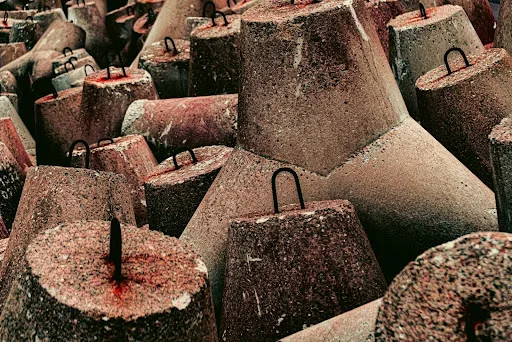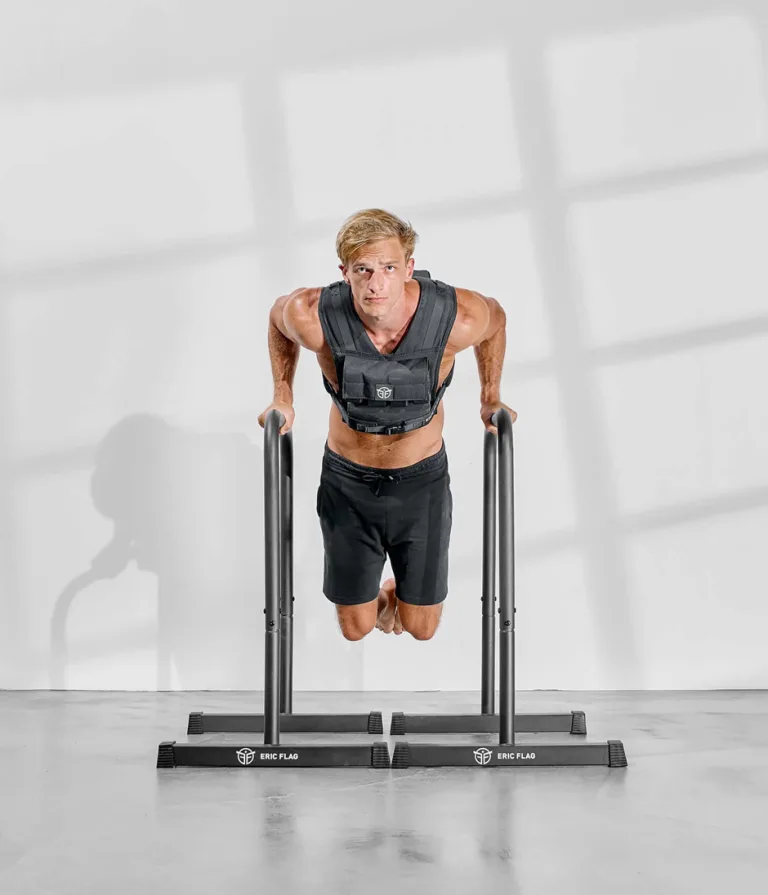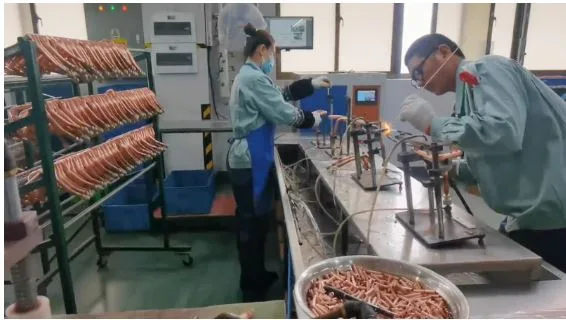How to Choose a Ductile Iron Exporter You’ll Actually Enjoy Working With
Looking for a ductile iron exporter can feel like speed-dating with non-ferrous metals: lots of promises, very little proof, and not enough time to separate craftsmanship from clever brochures. The good news? A reliable exporter leaves tracks—clear standards, transparent metallurgy, and repeatable quality. This guide gives you a practical, no-nonsense playbook to source castings and pipes without drama.
Why Ductile Iron Remains the Smarter Choice for Procurement
Ductile iron isn’t just “strong cast iron.” Its spheroidal (nodular) graphite microstructure gives it a rare combo: high strength, useful elongation, and excellent fatigue resistance—often at a lower part cost than many steels once you tally tooling and machining. In other words, smart design + the right heat treatment can replace costlier alloys without sacrificing safety.
Standards give you a common yardstick. For castings, ASTM A536 defines tensile strength, yield, and elongation requirements by grade; purchase orders can add special tests (hardness, chemistry, radiography, surface finish) based on the part’s risk. For pipes and fittings, look for ISO 2531 (water conveyance), ISO 1083 (spheroidal graphite grades), and EN 1563 (EN-GJS series). Ask exporters which editions they certify to—and request evidence.
What Makes a World-Class Ductile Iron Exporter
1) Standards fluency—backed by paperwork, not promises.
If an exporter truly lives in A536/ISO/EN land, they’ll volunteer the exact grade (say, 65-45-12 / EN-GJS-450-10), test-bar location, and sampling frequency. They’ll also offer pressure, UT/RT, or mag-particle testing where the application demands it. Good vendors are proud to over-explain this.
2) Metallurgy under control
Ductile iron only behaves “ductile” when the graphite is genuinely nodular. Serious shops verify percent nodularity per heat and use ultrasonic velocity or image analysis to monitor it; you should see that in their QA plan and PPAP. If they can’t speak to nodularity measurement (and magnesium control), you’re taking a gamble.
3) Process transparency from melt to machining.
You want traceable heats, tagged moulds, and documented shakeout, shot blasting, and fettling. For machined parts, look for a clean handoff: CMM reports, tool life logs on soft spots, and fixture plans to manage casting variability. Reputable exporters publish traceability maps in their quality manuals (even if redacted).
4) Risk-based testing, not checkbox testing.
Pipe plants and high-pressure parts often follow AWWA/ISO regimes with randomized testing “dense” enough to ensure compliance. Exporters who understand risk increase sample rates on critical dimensions, pressure tightness zones, and weldments. Ask them how they scale sample plans with complexity.
5) Surface protection that respects your environment.
From shop primer to epoxy or zinc-rich systems, coatings must match exposure (soil, salt, temperature). For water & wastewater, insist that pipes/fittings align with ISO 2531 requirements and that linings/externals are specified by standard—then check batch certs.
6) Design support that saves you money.
Strong exporters help design for casting: changing fillets, feeding, and wall transitions to prevent shrinkage and carbides, and to reduce machining time. If they offer ADI (Austempered Ductile Iron) for strength/weight gains, even better; just ensure your application benefits from ADI’s wear/fatigue profile.
7) Documentation you can trust.
A proper data pack includes: cert of conformity, chemistry, tensile/elongation, hardness, nodularity evidence, NDT (where applicable), dimensional reports, heat charts, and coating specs. Real exporters produce this without “special request.”
Five questions to ask before you place the PO
- “Which grades and standards will you certify to, and can I see a recent data pack?” (ASTM A536 / ISO 1083 / EN 1563 for castings; ISO 2531 for pipes.)
- “How do you measure and control nodularity and magnesium fade?” (Look for ultrasonic or image-analysis routines, documented per heat.)
- “Where are test bars gated and how often?” (Location changes properties; smart vendors explain why.)
- “What’s your escalation path if a lot fails?” (Rework criteria, containment, and corrective action.)
- “Show me three customer references and their repeat-order stats.” (Reliability is repeatability.)
Market snapshot and why exporter location matters
Water infrastructure is driving demand. Analysts estimate that India’s ductile iron pipe market alone was around USD 3.19 billion in 2024, with a strong growth forecast—one reason many buyers shortlist Indian suppliers for pipe projects. Shipment databases also indicate that India is a major hub for the export of ductile iron fittings. That concentration can mean shorter lead times and competitive landed costs—provided you select for quality, not just price.
Global DI pipe demand continues to expand, driven by urbanization and the replacement of aging networks. For multi-year frameworks, favor exporters who can scale capacity without sacrificing QA sampling density.
Red flags that separate a great ductile iron exporter from a risky one
- Vague grade talk. If you hear “ductile like 450” without the exact standard and properties, be cautious.
- No nodularity evidence. Tensile alone isn’t enough; you want proof of graphite shape/percentage.
- Inconsistent test locations. The mechanical properties of a separately cast bar can differ from those of the casting; experienced exporters explain the delta.
- Pipe without pipeline standards. If you’re buying water pipes or fittings and ISO 2531 isn’t in the conversation, pause.
- Paper QA. Fancy manuals, but no raw data from last week’s heats—pass.
A simple shortlist framework you can steal
1) Define the part risk. Pressure-retaining? Safety-critical? Food/water contact? The higher the risk, the tighter your sampling, NDT, and documentation must be.
2) Lock the language. On the RFQ and PO, specify:
- Standard + grade (e.g., ASTM A536 65-45-12 or EN-GJS-500-7),
- Test bar location & frequency,
- Required NDT (UT/RT/MT/PT),
- Coating system & thickness,
- Dimensional inspection plan and CMM sampling,
- Data pack contents.
3) Run a paid pilot. One small lot through full QA beats three factory tours. Time your PPAP around the hardest features—thin ribs, heavy bosses, drastic section changes.
4) Audit nodularity, not just tensile. Request ultrasonic or image-analysis snapshots per heat. You’re not micromanaging; you’re buying microstructure.
5) Align logistics. Confirm Incoterms, packing (including rust prevention and dunnage), barcodes/labels, and a spare parts plan. A smooth exporter knows the documentation maze for your destination.
What It Means to Work with the Right Ductile Iron Exporter
Communication is crisp. Samples arrive with the data pack you asked for. Non-conformances are rare, and when they happen, you see real root-cause analysis, not just rework. When design tweaks can save you cycle time, they bring models and gating ideas, not excuses. Most importantly, you trust that every heat, every shift, is run to the same playbook.
TL;DR checklist for your next ductile iron exporter
- Names the exact standard and grade (ASTM/ISO/EN) and shows recent certs.
- Demonstrates nodularity control using ultrasonic or image data, as per the heat.
- Offers risk-based QA and can talk test-bar placement like a native.
- Pipes and fittings tied to ISO 2531 with lining/coating evidence.
- Has references who reorder (and will take your call).
- Provides a clean data pack: chemistry, tensile, hardness, nodularity, NDT, CMM, coatings.
Pick an exporter who treats your part like a promise, not a purchase order. In ductile iron, consistency is a competitive advantage, and you can hear it in how the best people talk about metal.






